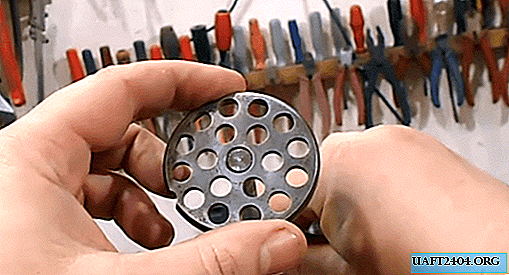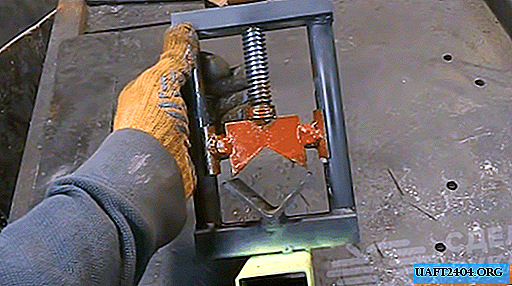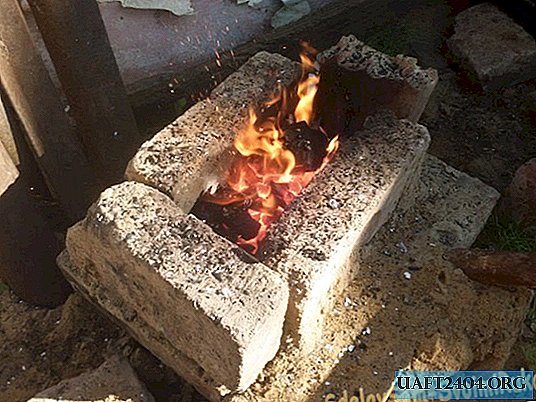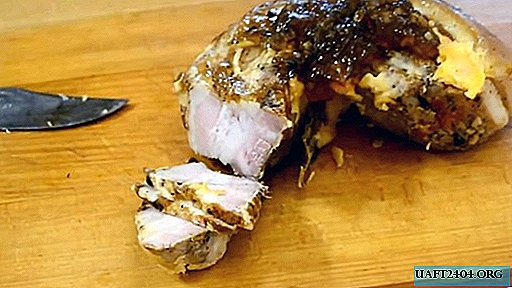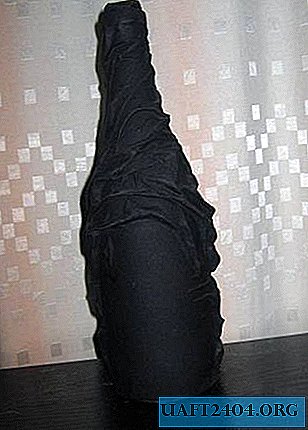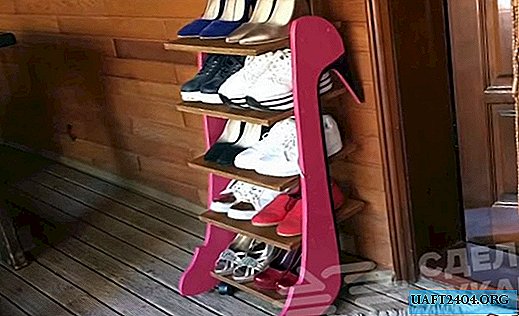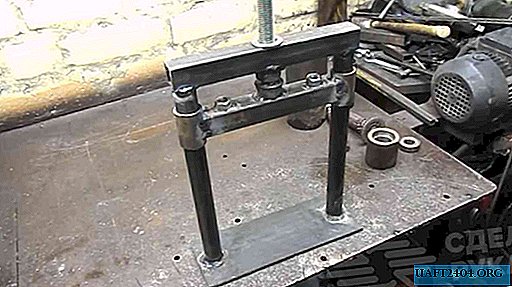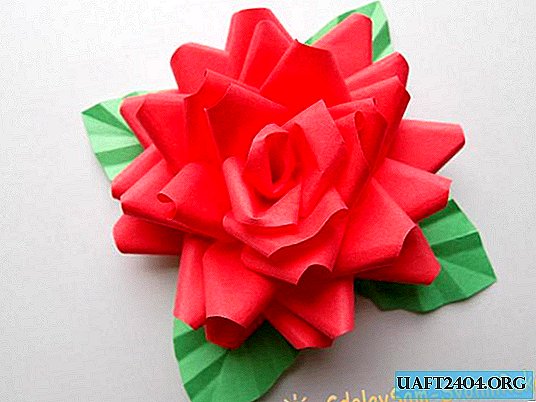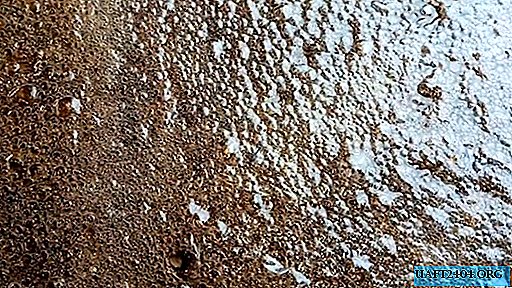
Gasoline and Styrofoam
I'll start by dissolving the foam in gasoline. We should still check in acetone and solvent, but I think that acetone dries too quickly. I pour 92 gasoline into a clean empty metal can. A little more than half of the can will be needed.
A piece of polystyrene foam with a length of approximately 1,500 mm and a thickness of 40 mm is cut into strips and one by one I lower them into a jar of gasoline. The width of the strip should be selected according to the size of the can. My goal is to see how the resulting composition will behave on concrete (I do not need a lot of varnish). Polyfoam easily enters the jar, melts and shrinks into a fairly tight lump at the bottom.


Note: in this case, gasoline will bubble and splash out of the can.
The resulting composition has the appearance of a gel and is similar to napalm (when ignited, it immediately flares up, burns for a long time, the flame is high). It is not possible to adjust the viscosity of the composition by adding gasoline - it reaches a certain density and the process stops there. I leave the jar for a while so that air bubbles come out and all the pieces of polystyrene dissolve.


We cover the concrete floor
I take the gel-like mass from the bottom of the can and transfer it to another container. I clean the area of the concrete slab with a metal brush and blow it off with dust with a spray gun. He prepared a brush and putty knife for work, which he slightly oiled. So the varnish will not stick.
It turned out to be more convenient to work with a spatula.


I pour the varnish onto concrete and begin to apply the spatula on the surface with movements in different directions. After completion of work, almost nothing remains on the spatula. When applying varnish, you immediately smell gasoline. I leave this area for about an hour to dry.

Dissolve Styrofoam in Xylene
I’ll conduct the second experiment with xylene (one liter costs 110 rubles). If you cover the entire garage with this compound, then its cost will be 2.5 times more expensive than polystyrene varnish dissolved in gasoline. To dissolve in xylene, I chose a denser and more expensive fine-grained polystyrene foam, from which the computer system unit is protected.

When xylene is added to the jar, the foam dissolves almost completely, the viscosity of the composition becomes less, a thick lump disappears. The composition of this viscosity can be applied with a much thinner layer. Xylene seems to be better suited for preparing polystyrene varnish.
Note: I was also advised to use solvent 647, but it was not at hand.
I will try to use the composition on xylene as a varnish on wood. I take a walnut branch peeled from the bark and with a brush I apply a thin layer of the composition. It turns out very well, but you have to wait for the varnish to dry.

Also, with a brush, I apply a layer of the composition to concrete. The layer is very thin and there are no air bubbles. Leave to dry.
My first section did not completely dry in an hour - a film with a very large number of bubbles formed on the surface.

Huge bubbles formed on the sides. To the touch it looks like a well-known bubble wrap. However, as an option, such a composition can be used after complete drying.

Better is the area coated with xylene varnish. The composition is well absorbed into the concrete surface and looks like a real varnish. The only negative is the high cost of xylene compared to gasoline.

To reduce the cost, you can first dissolve the foam in gasoline, and only then add xylene and achieve the desired viscosity. It will turn out inexpensive to prepare a composition on the basis of draft xylene, which is sold in cans and costs less.
Note: on a tree, the composition has dried in 10 minutes and is indistinguishable from a real varnish. In the future, for an experiment, I can take a polished board on a machine in a nearby furniture workshop and apply 3-4 layers of varnish on xylene to it.

